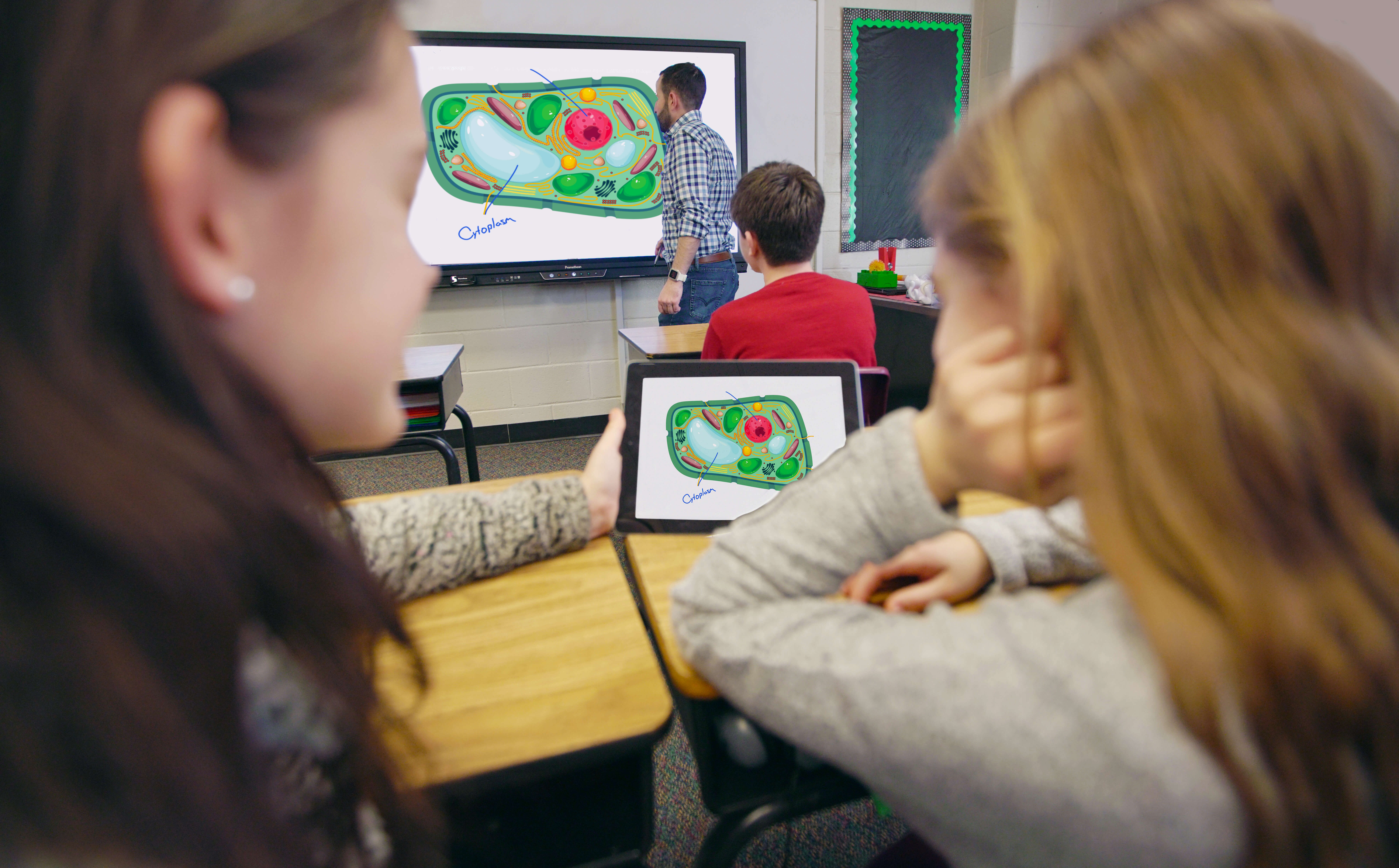Immediately following the end of the Digital Education Revolution (DER) program which aimed to provide students across Australia with a personal laptop, BYOD programs in schools saw a significant growth. And with the rise of personal devices, plus costs involved in issuing and maintaining student devices, it’s expected that BYOD policies will continue to rise in popularity.
Giving students access to their own, familiar technology, while activating the potential of that technology to be utilised as a teaching tool, sounds pretty good, right? Plus, BYOD lessens the burden of having to replace a large technology investment that has become out-of-date after a few years
But BYOD is not a “free” solution to a 1:1 device strategy (providing each student with their own laptop or tablet). Money saved must go back into the surrounding digital infrastructure of the school for this policy to make a positive impact.
Benefits: more than just budget
BYOD allows for the use of mobile educational apps in the classroom, with students using this technology to access videos, news articles, and immersive 3D experiences. Plus there’s the added convenience for students who are able to work continuously on projects from school or at home without needing to transfer files across devices.
In schools where BYOD has been successfully implemented, students have indicated they have better access to technology in the classroom, a greater range of learning activities involving technology, and more useful and meaningful peer and teacher feedback.
But implementation of BYOD must be done in a strategic way to reap the maximum benefits from this strategy.
Pre-planning:
In the planning stage of your BYOD implementation, it is important that all stakeholders are consulted. This does not just mean anyone involved in the administration of the school, but also students, parents, and the wider community. This will help ensure that equity is front-of-mind when it comes to execution.
Making sure parents are wholly on-board may require some thorough explanation of what BYOD is, outlining the benefits, as it can be a relatively new concept to those who aren’t a part of the education community.
To get students’ input, you can conduct a survey, asking what technology students have access to, and what devices they feel are most relevant to their day to day lives. Teachers, of course, will have practical input on what devices connect best with the pre-existing edtech within the classrooms.
When it comes to the wider community, there may be local programs or funds willing to help contribute to students that may not be able to provide their own devices. After you have made appropriate consultations, you can then decide whether you will supply individual devices to these students, or whether you will have a certain amount per class for general use.
Implementation:
There is no one-size-fits-all approach to BYOD, as every school has different needs, but there are a few general rules. To ensure a smooth transition into BYOD, a solid network infrastructure that supports regular updates is key. Set up a school-wide file cloud system to allow students and teachers to access documents and programs from any device. This article takes you through some more important considerations such as network security, dynamic access control and data protection.
Of course, your front-of-class displays are the key to keeping the classroom as a connected hub, and must be of a high standard. The ActivPanel makes connecting devices to mirror quick and easy. Up to 39 devices can connect to a session, with a teacher able to choose up to four devices to share content simultaneously. Teachers can move freely around the classroom or interact with a connected device directly from the panel itself.
To ensure everyone is on the same page, have students and parents sign a digital agreement that outlines the “how, why and when” of device use. Strong guidelines with clear consequences for misuse will help curb any inappropriate behaviour.
Maintenance and future planning:
Regular professional development is important to keep teachers and IT staff aligned with desired goals. Continue to reassess and survey students and teachers to get valuable feedback on the efficacy of your strategy. Lastly, keep the wider community informed about your innovative, technology-forward approach to education, and you may just find there are organisations that are willing to support students to help close any digital gaps.
Why not book a free, bespoke ActivPanel demonstration to see how you can supercharge your edtech ecosystem?




